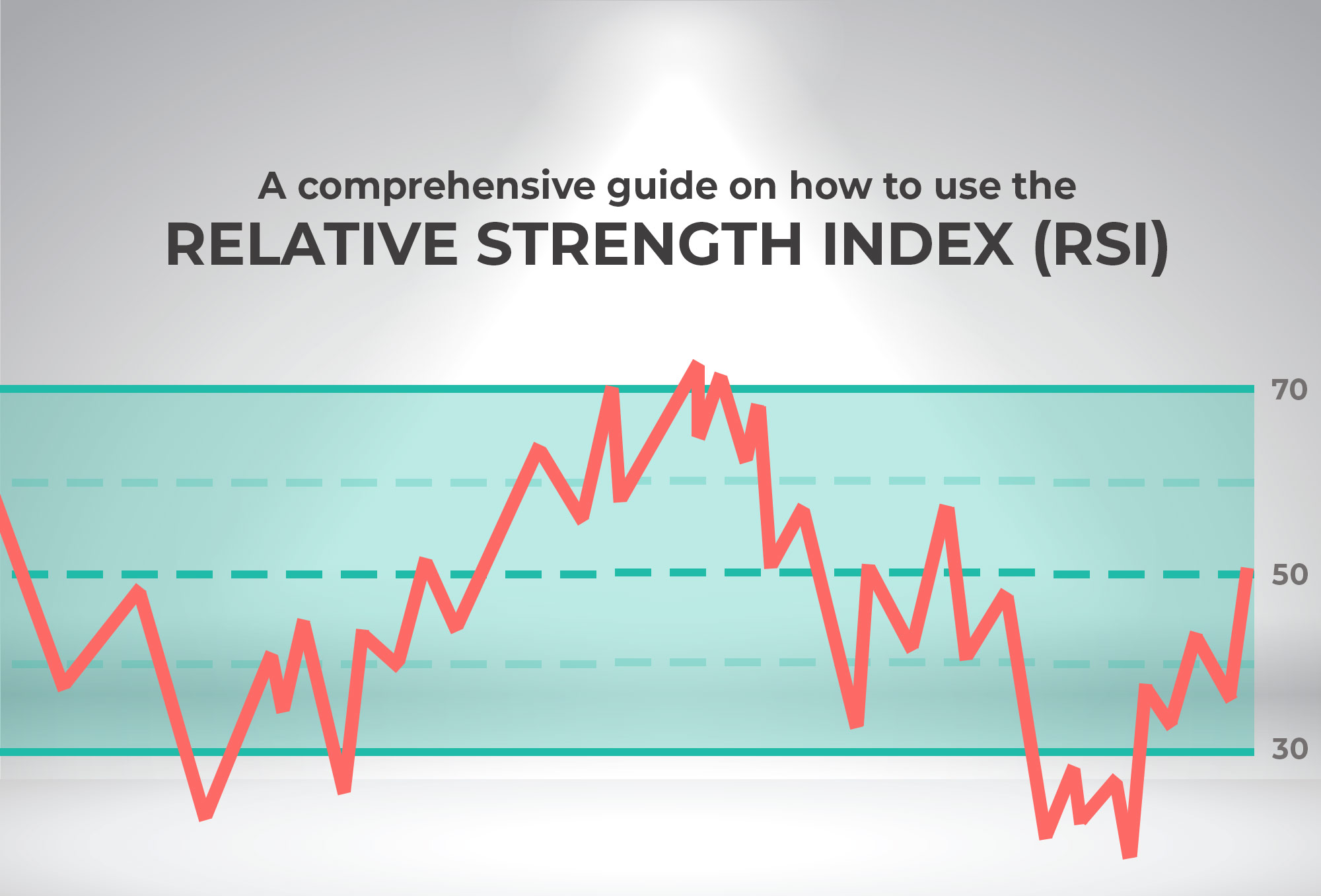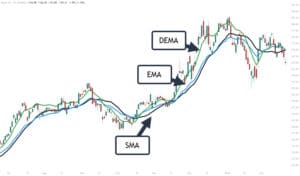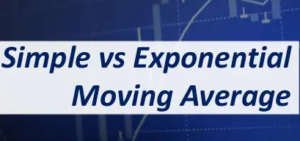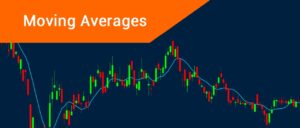The Relative Strength Index, or RSI, is a famous indicator created by J. Welles Wilder, a technical analyst, that helps traders assess the strength of the current market.
That is to say, the RSI is similar to the stochastic in that it detects overbought and oversold market circumstances.
It also has a 0 to 100 scale.
Readings of 30 or lower usually imply oversold market conditions and a higher chance of price strengthening (going up).
An oversold currency pair is interpreted by some traders. However, it shows the sign that the falling trend is likely to reverse, indicating a buying opportunity.
To clarify, overbought conditions and an increased risk of market weakness are indicated by readings of 70 or above (going down).
An overbought currency pair is interpreted by some traders. It shows sign that the upward trend is about to reverse, indicating that it’s time to sell.

Traders that employ the Relative Strength Index (RSI) indicator look for centerline crossovers in addition. They do it to the overbought and oversold indicators discussed above.
A rising trend is indicated by a movement from below the centerline (50) to above it.
When the RSI value crosses ABOVE the 50 line on the scale and moves towards the 70 line, it is called a rising centerline crossover. This shows that the market trend is strengthening. And, it is interpreted as a positive indicator until the RSI crosses the 70 lines.
A declining trend is indicated by a movement from above the centerline (50) to below it.
The RSI value passes BELOW the 50 lines on the scale, going towards the 30 lines, resulting in a falling centerline crossover. This shows that the market trend is deteriorating, and is interpreted as a negative indication until the RSI reaches the 30 lines.
How to Trade RSI (Relative Strength Index)
The RSI indicator can be used in the same way as the Stochastic indicator.
Depending on whether the market is overbought or oversold, we can use it to predict probable tops and bottoms.
A EUR/USD 4-hour chart is shown below.

Choosing tops and bottoms with RSI=
The EUR/USD pair had been sliding all week, losing around 400 pips in two weeks.
It was already trading below the 1.2000 level on June 7.
However, the RSI fell below 30, indicating that there may be no more sellers in the market and that the rise may be coming to an end.
Over the next few weeks, the price flipped and began to rise again.
Using RSI to Determine the Trend
RSI is a popular indicator since it can be used to confirm trend formations.
Take a quick check at the RSI and see if it is above or below 50 if you suspect a trend is building.
Make sure the RSI is above 50 if you’re searching for a prospective UPTREND.
Make sure the RSI is below 50 if you’re searching for a probable DOWNTREND.
In a downturn, the RSI drops below 50.

We can see that a probable downtrend was emerging at the start of the chart above.
We can avoid fakeouts by waiting for the RSI to go below 50 to validate our trend.
When the RSI falls below 50, it is a strong indicator that a downturn has begun.
Looking for a highly rated forex fund manager?
Fx Pips Guru has a strong group of forex experts who are managing forex accounts of our clients from different brokers dedicatedly. Just hire our forex fund managers here: https://www.fxpipsguru.com/forex-fund-manager/.




